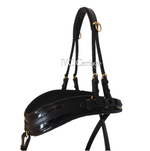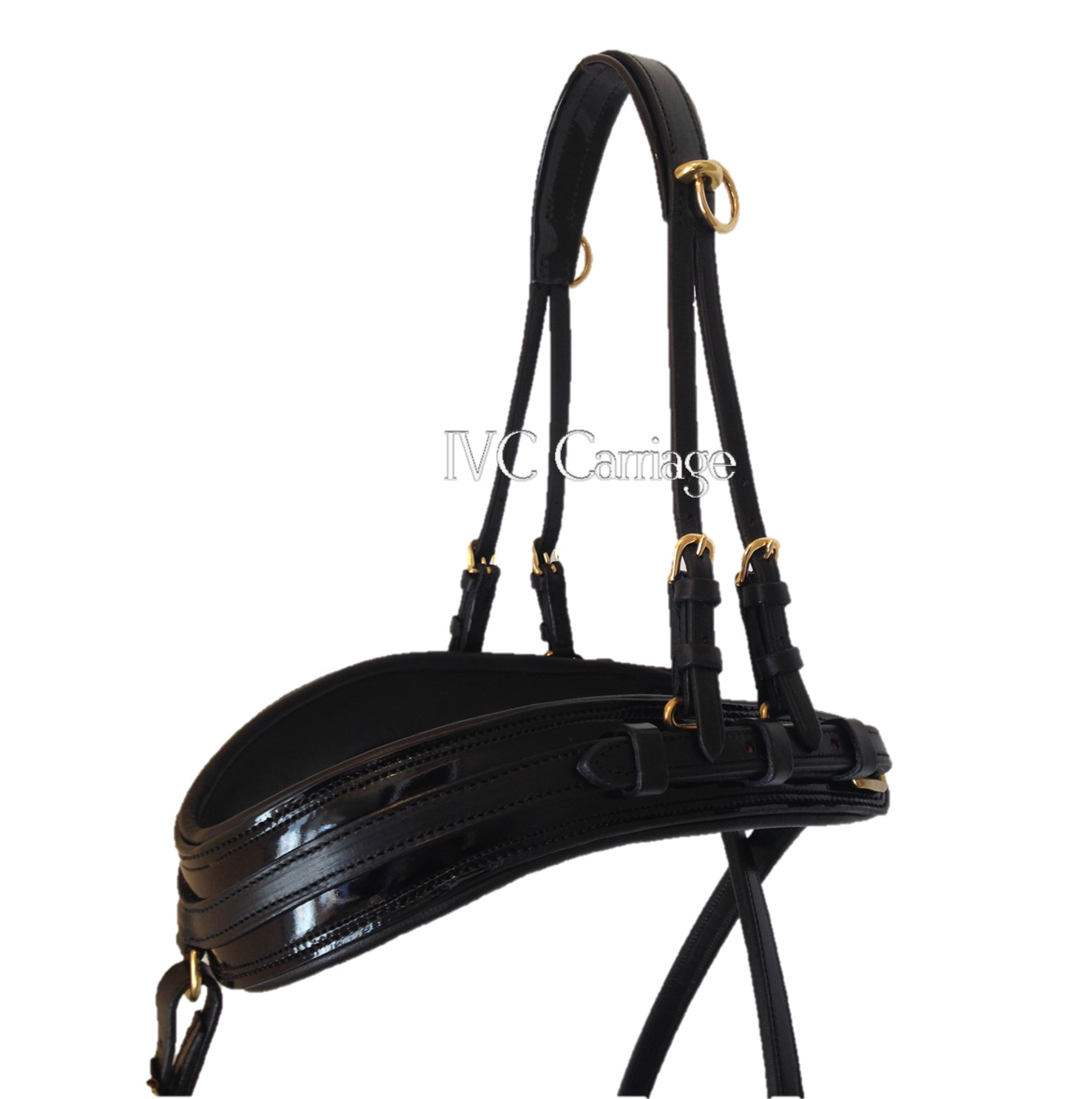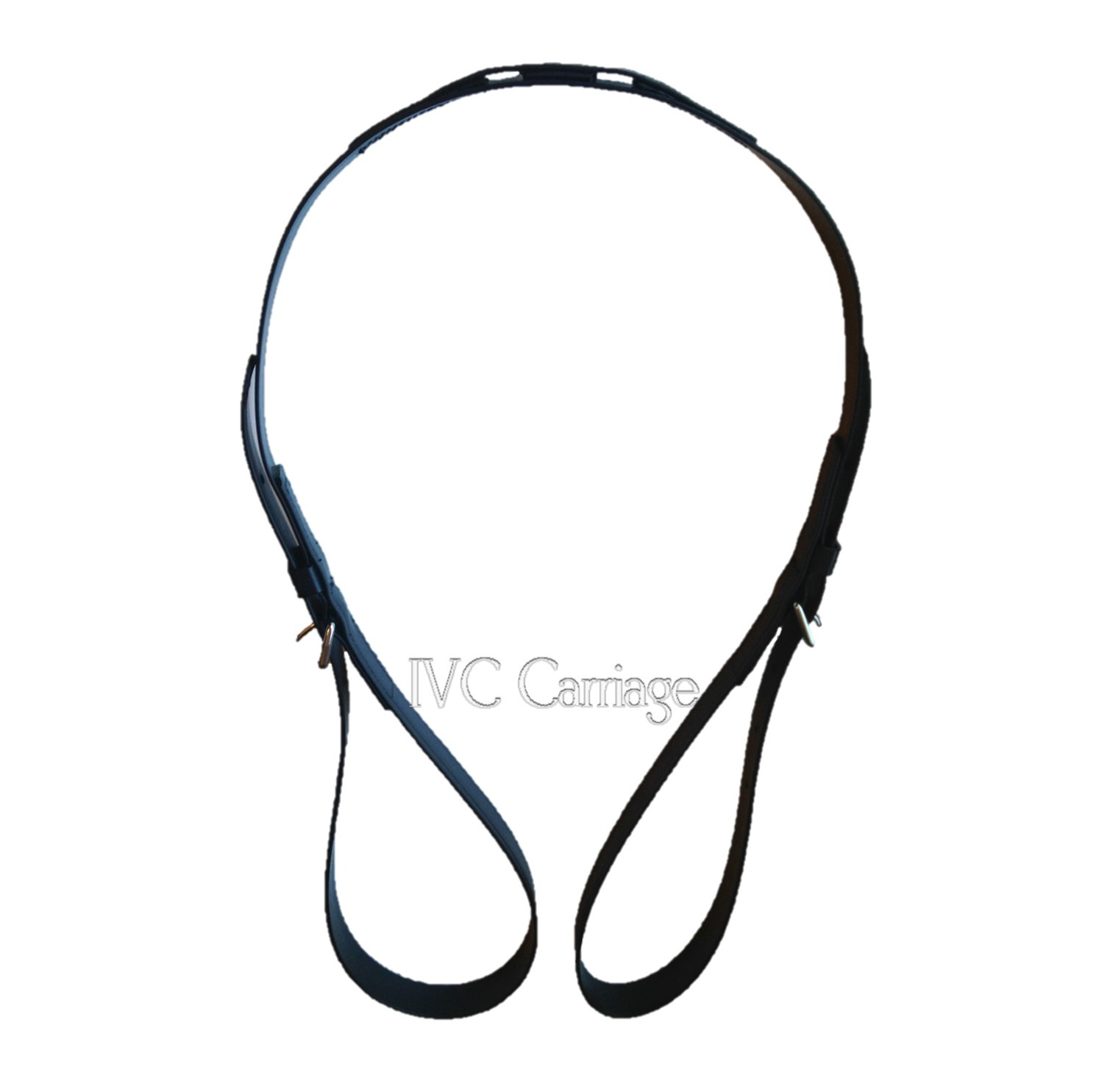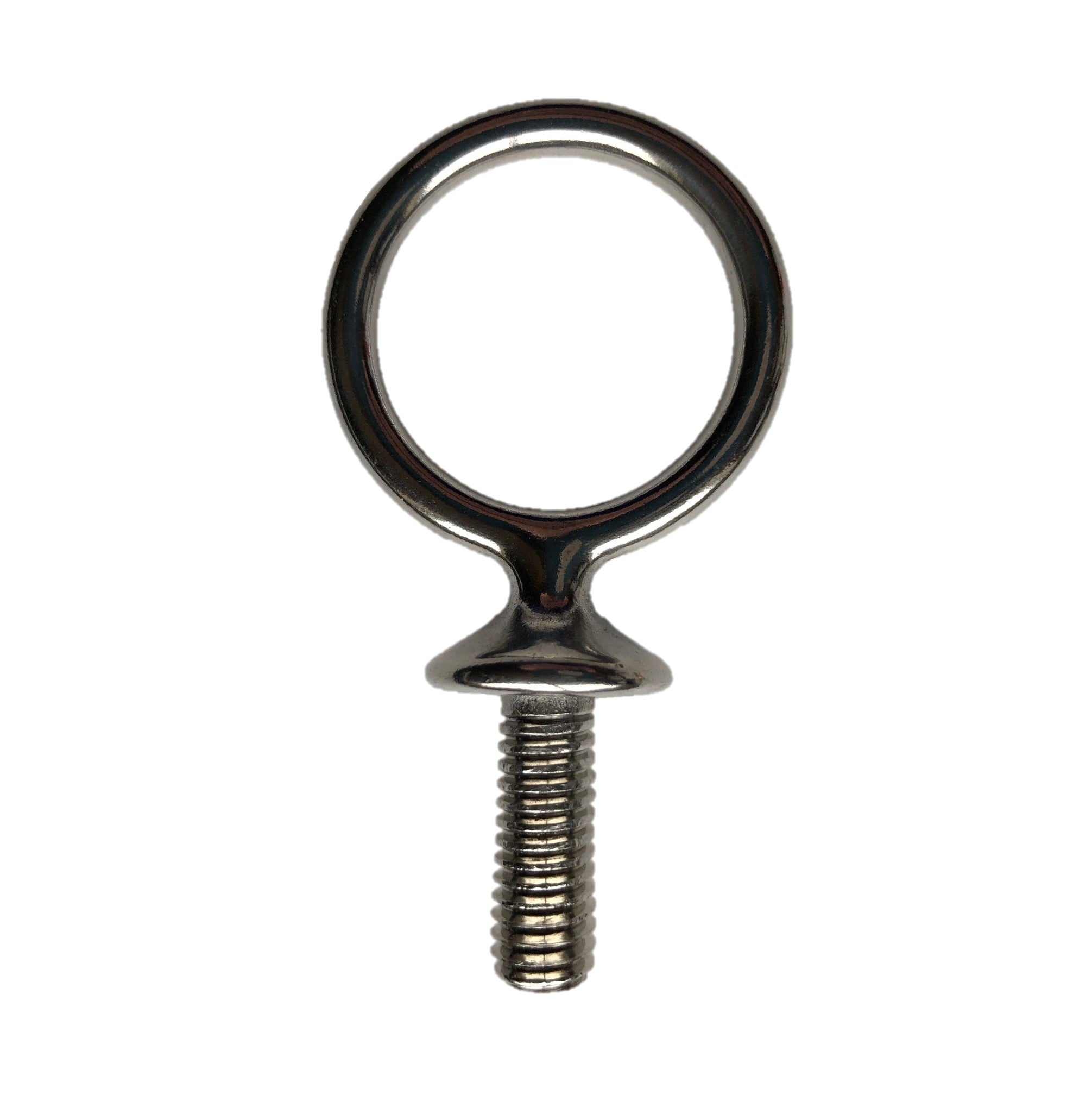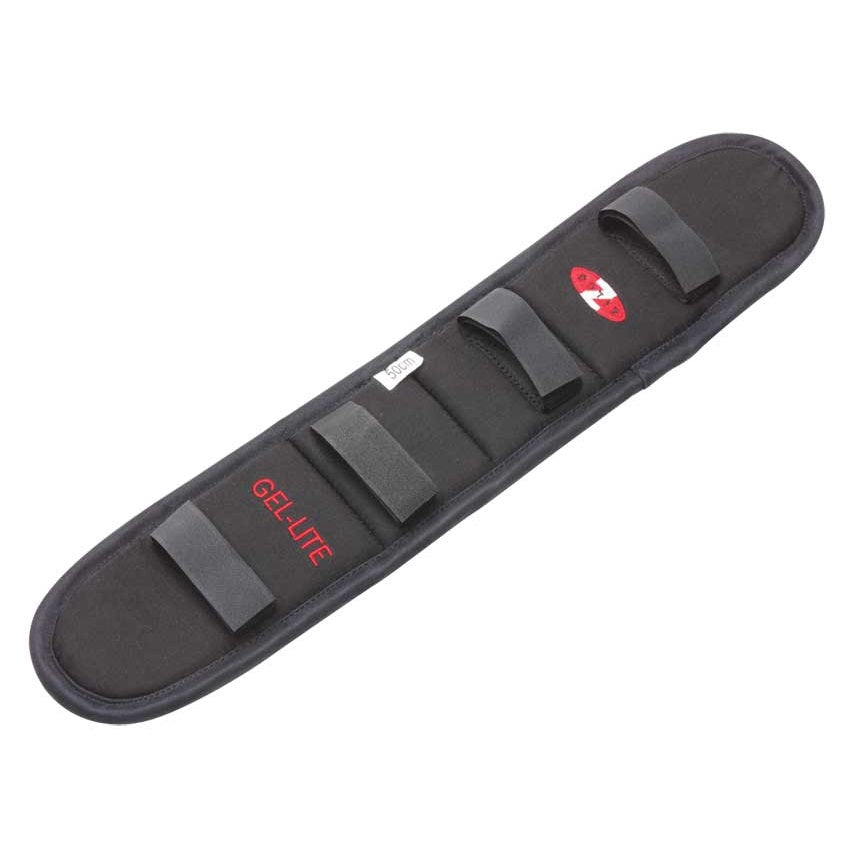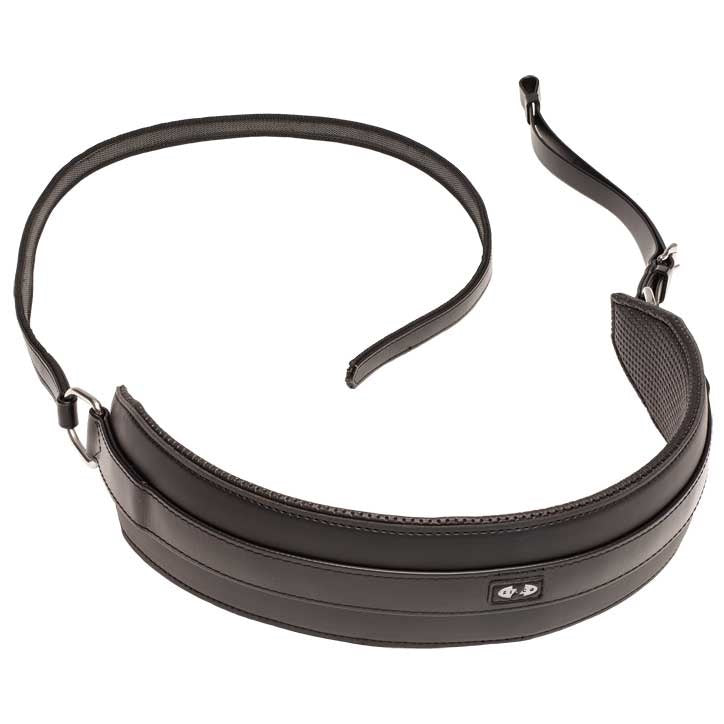Menu
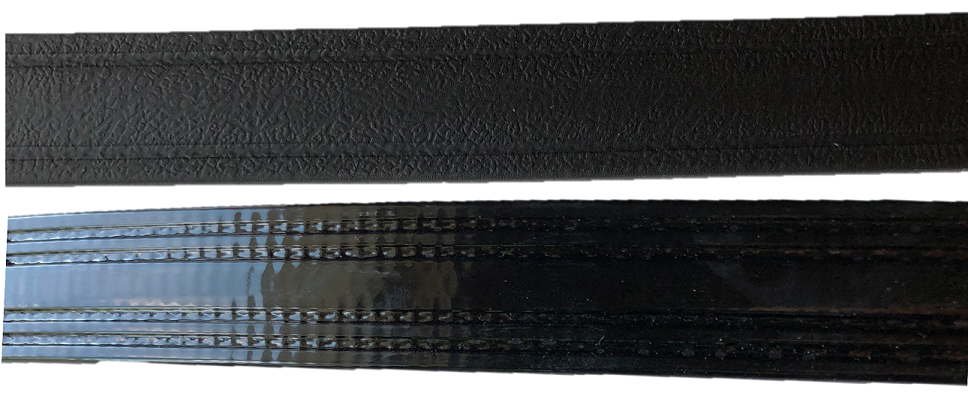
Beta vs. Biothane?
When people talk about synthetic harnesses, many of them refer to their harness as being biothane. Many people also have opinions as to biothane being better than leather, biothane being stiff in the winter, biothane being shiny, etc. Sometimes, people will also use the term “beta”. They think that beta is a matte material, softer, and more desirable than biothane for harnesses from which to be made.
Let’s clear something up. All synthetic harnesses are NOT BioThane® or Beta®, but all BioThane® harnesses are synthetic.
To better explain, BioThane Coated Webbing Corp is the name of a company in Ohio, USA that was started in 1977. BioThane® is also the brand name of all coated webbing products made by them. It’s basically a polyester webbing with a coating that makes it durable, waterproof, and easy to clean. BioThane manufactures products at one Ohio plant for various industries including equine, medical, sporting goods, canine, safety, and military. Many of the distributers of BioThane® products, especially to the animal industry, are Amish or Mennonite. BioThane makes a number of coatings for various uses, and the most common are Beta®, Gold, and Granite®. Of these and other coatings, certain coating classes have better applications than others depending on the intended use. The products are evaluated for hardness, flex, cold flex, hand tackiness, peel adhesion, abrasion resistance, coating tear strength, weather resistance, oil resistance, and acid/base resistance. All this information is on their website. In general, the products with the highest gloss (“Gold” and “Diamond”) are the hardest and have the least amount of flex in cold weather, while the semi-gloss and no-gloss products can be softer with better cold flexibility. Of course, with 12 different product coating lines on their website, all of this varies based on the product. A synthetic harness isn’t made from one coating product. A good harness maker uses the correct BioThane® product for the appropriate purpose. The straps holding buckles that are going to be subjected to more abrasion are made with a stronger coating than say the material used to line saddles, which is more flexible.
So how did the biothane confusion happen in the equine industry? It is my understanding that some of the first BioThane® products used in the making of equine tack had a shiny finish and were commonly referred to as biothane, since that was the company from which they originated. Eventually, a matte finish was used as well. This was called Beta®. When you had equine products made, you had to specify if you wanted a shiny or matte finish. This led many people to just start calling products by the name associated with shiny or matte. As the BioThane company is the leader in the industry, their synthetic products also took on the leadership of the name of all synthetic products, much like Kleenex® has done. Not all tissues are Kleenex®, but all Kleenex® is tissue. Let’s face it, when some people get a box of tissues, they don’t say, “I’m going to get some tissues.” They say, “I’m going to get some kleenex,” even if it is Puffs®. The same thing has happened with BioThane®. The brand has become synonymous with all synthetic materials offered. However, that term can be incorrect.
So why does this matter? Since there are so many synthetic manufacturers out there now, you need to be aware of what you are getting! Just like if you want the actual Kleenex® product, you need to make sure you are getting that brand and not a generic knockoff. Not all US harness makers use BioThane®, and not all synthetic material is equal. Some brands are more rubbery, plastic-y, stiffer, and imported. And remember, it’s not beta vs. biothane…Beta® IS BioThane®, Granite® IS BioThane®. BioThane® can be shiny or matte, stiff or soft. If you don’t have a harness made with true BioThane®, you just have a synthetic harness.
- Choosing a selection results in a full page refresh.




